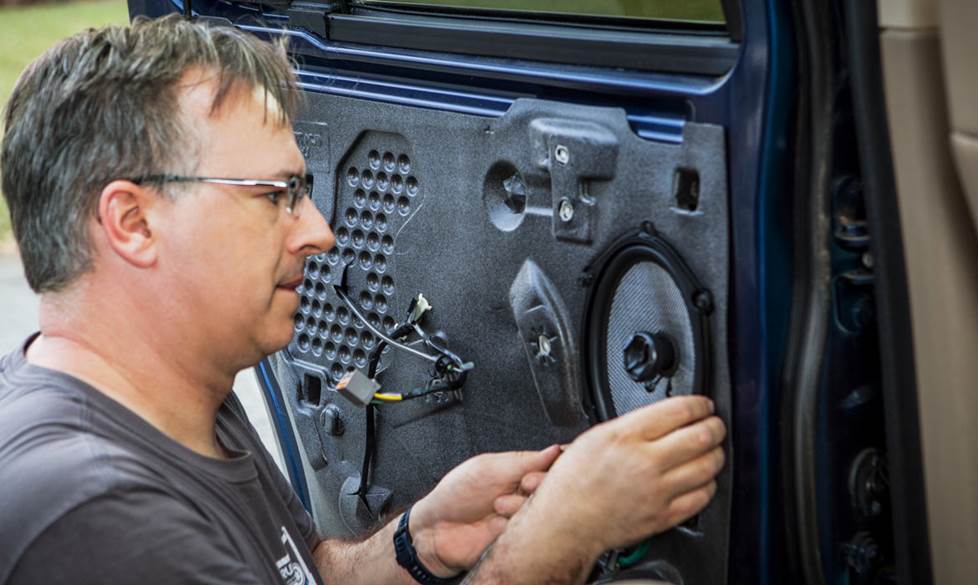Eco-Friendly Car Tips: Save Gas, Save Money, Save the Planet
Eco-friendly car tips include driving at a steady speed and avoiding unnecessary idling to save fuel and reduce emissions. By implementing these tips, you can contribute to a greener and more sustainable future. Welcome to our guide on eco-friendly car tips. With the increasing concern for the environment, it has become essential to make conscious choices that reduce our carbon footprint. One significant area where we can make a difference is our choice of transportation. Cars are a major contributor to air pollution and greenhouse gas emissions, but by adopting eco-friendly practices, we can minimize their impact. We’ll provide you with useful tips on how to make your car more environmentally friendly. By implementing these practices, you’ll not only contribute to a greener future but also save money on fuel and maintenance costs. So let’s dive in and discover simple yet effective ways to drive green. 1. Choose Fuel-efficient Vehicles In the quest for a more sustainable lifestyle, choosing a fuel-efficient vehicle is an important step towards reducing your carbon footprint. Not only does it contribute to a cleaner environment, but it also helps you save money on fuel costs in the long run. In this section, we will explore some tips to consider when choosing a fuel-efficient vehicle. Research Eco-friendly Vehicle Options Before making a purchase, it is crucial to research and gather information about eco-friendly vehicle options. There are numerous resources available that provide valuable insights into the environmental performance and fuel efficiency of different car models. By researching, you can make an informed decision and select a vehicle that aligns with your sustainability goals. When researching, pay attention to factors such as the car’s miles per gallon (MPG) rating, emissions standards compliance, and the use of alternative fuels. Look for car manufacturers that prioritize sustainability and invest in innovative technologies to reduce environmental impact. Consider Hybrid Or Electric Cars One of the most effective ways to ensure fuel efficiency is by considering hybrid or electric cars. These vehicles utilize a combination of electric motors and internal combustion engines or run solely on electricity, significantly reducing fuel consumption and emissions. Hybrid cars use both gasoline engines and electric motors, allowing them to switch seamlessly between the two power sources. This technology allows for increased fuel efficiency, particularly in urban driving conditions where electric power is more frequently utilized. On the other hand, electric cars run solely on electricity and produce zero tailpipe emissions. They are fueled by rechargeable batteries and offer a sustainable and environmentally friendly option for your daily commute. With advancements in battery technology and an expanding charging infrastructure, electric cars are becoming a more viable and convenient choice for eco-conscious consumers. When considering hybrid or electric cars, it is important to assess your driving needs and commuting patterns. Evaluate factors such as range, charging infrastructure availability, and your access to charging stations. Additionally, consider the availability of tax credits or incentives for purchasing eco-friendly vehicles in your area. Credit: www.edfenergy.com 2. Maintain Regular Vehicle Maintenance Regular vehicle maintenance is essential not only for the longevity and performance of your car but also for reducing its environmental impact. By keeping your car in optimal condition, you can maximize its fuel efficiency and minimize harmful emissions. In this section, we will explore the importance of regular maintenance and provide useful tips to help you maintain an eco-friendly vehicle. Importance Of Regular Maintenance Maintaining your car on a regular basis is crucial for several reasons. First and foremost, regular maintenance ensures that all components of your vehicle are functioning properly, reducing the risk of breakdowns and costly repairs. It also improves fuel efficiency, as a well-maintained engine consumes less fuel, resulting in lower carbon emissions. Moreover, regular maintenance helps to preserve air quality by minimizing harmful emissions. When engine oil is clean and at optimum levels, it reduces the level of pollutants released into the atmosphere. Additionally, proper maintenance enhances the overall safety of your vehicle, preventing potential accidents and making your driving experience more secure. Check Tire Pressure And Alignment One simple yet effective eco-friendly car tip is to regularly check your tire pressure and alignment. Properly inflated tires not only improve fuel efficiency but also extend the life of your tires. When your tires are underinflated, they create more resistance against the road, which leads to increased fuel consumption. On the other hand, overinflated tires can result in uneven wear and reduce traction. By regularly checking your tire pressure and ensuring it aligns with the manufacturer’s recommendations, you can optimize fuel efficiency, save money on fuel costs, and reduce your carbon footprint. Remember to inspect your tires for any signs of wear or damage and rotate them regularly to promote even tread wear. Change Air Filters Regularly To maintain a fuel-efficient and environmentally friendly car, it’s essential to change your air filters regularly. Air filters play a vital role in the combustion process by preventing dust, dirt, and other particles from reaching the engine. Over time, these filters can become clogged, reducing airflow and causing the engine to work harder than necessary. By replacing your air filters at the recommended intervals, typically every 12,000 to 15,000 miles (or as specified by your car’s manufacturer), you can ensure optimal engine performance and fuel efficiency. This simple maintenance task not only helps reduce emissions but also prolongs the life of your engine. 3. Practice Fuel-efficient Driving Fuel-efficient driving is an essential aspect of eco-friendly car practices. By adopting the right driving habits, you can significantly reduce fuel consumption and minimize your carbon footprint. In this section, we will explore three effective strategies to practice fuel-efficient driving and contribute to environmental preservation. Avoid Aggressive Driving Habits One of the most impactful ways to improve fuel efficiency is by avoiding aggressive driving habits. Rapid acceleration, excessive speeding, and abrupt braking can lead to increased fuel consumption, putting unnecessary strain on your vehicle’s engine and components. By adopting a smooth and gradual driving style, you can optimize fuel usage and
Eco-Friendly Car Tips: Save Gas, Save Money, Save the Planet Read More »




